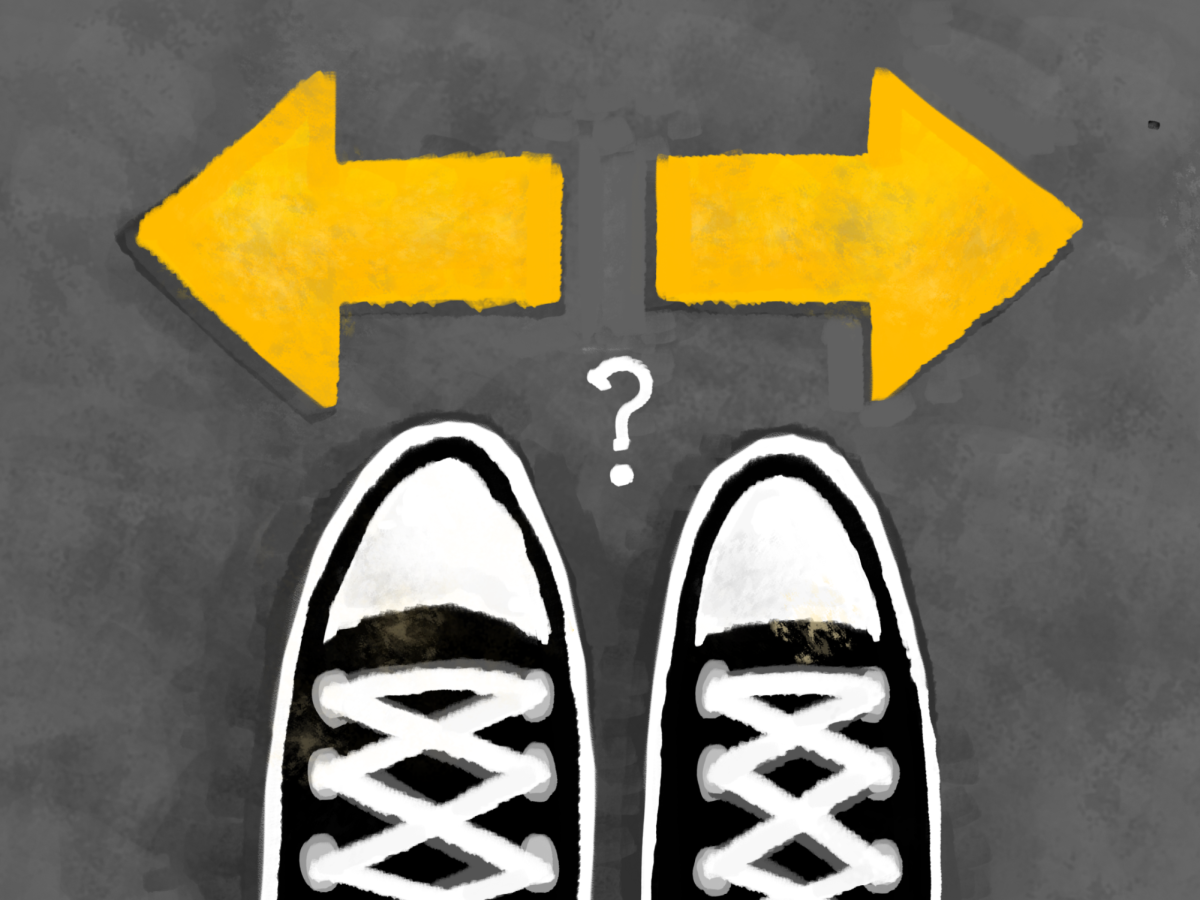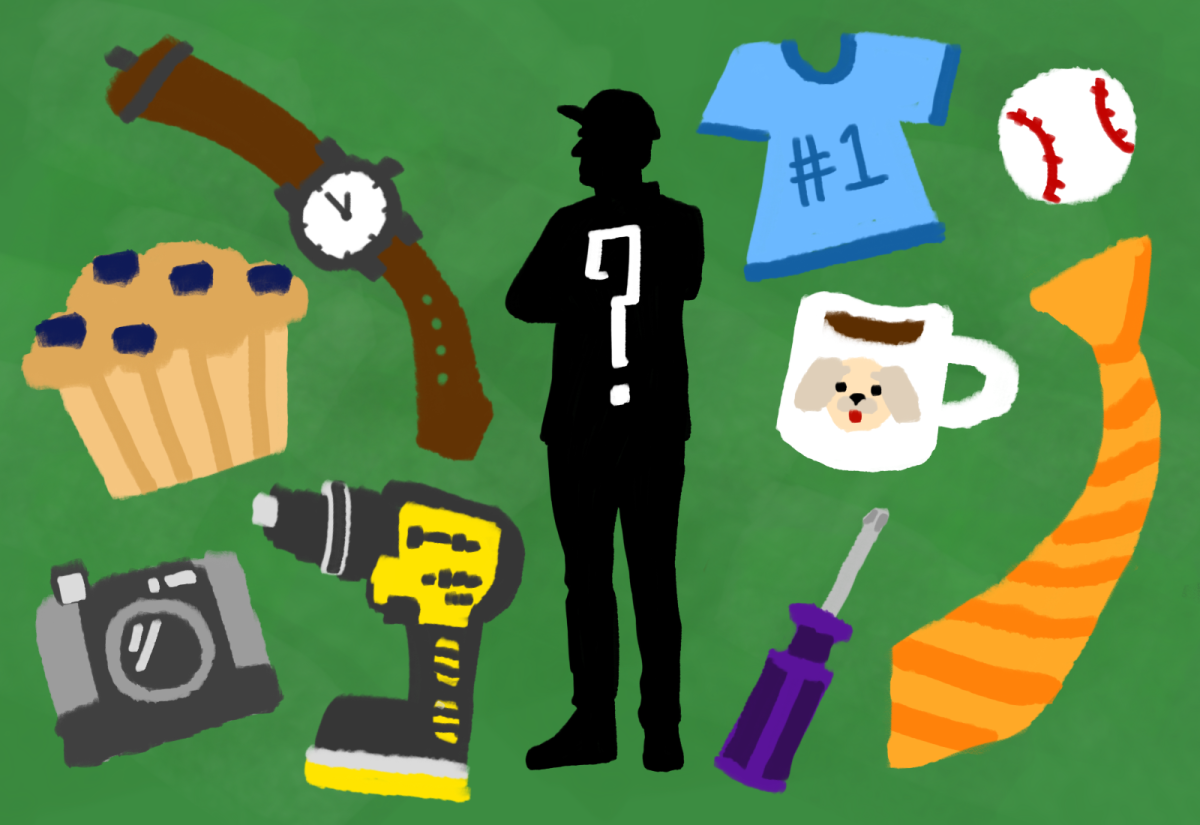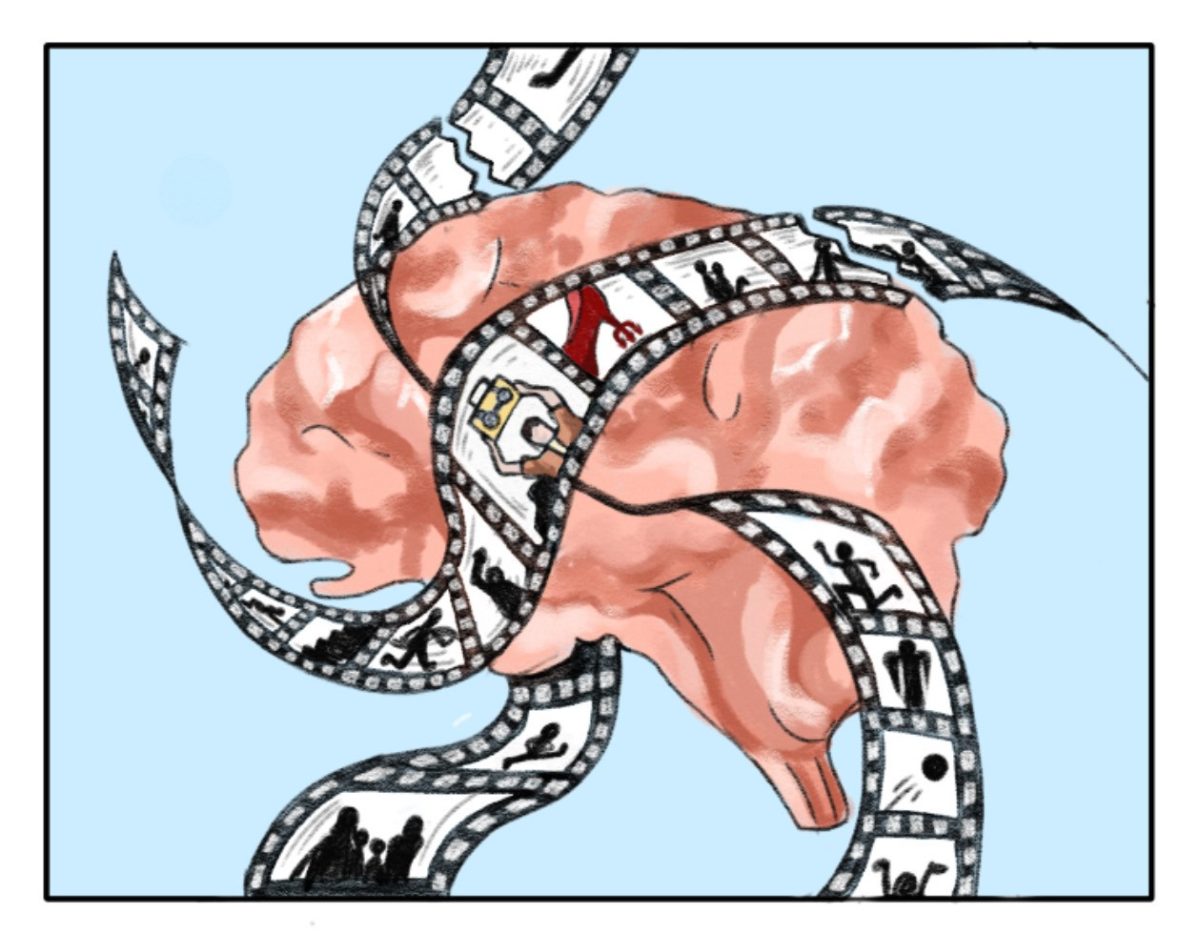By Allisen Lichtenstein
On August 28, 1963, a march was led on Washington; Martin Luther King Jr. gave his famous “I have a dream” speech that furthered the civil rights movement of the Sixties. And over fifty years year later, on December 15, 2014, another march was led on Washington reminiscent of one many years ago, this time trying to get one message across: black lives matter.
If you’ve read the news these past months, you’ve seen the protests that mirror those you read about in the civil rights chapter of your history textbook. This time around is different, and for what reason? Social media.
When two white police officers who both killed unarmed black men were not indicted, people became infuriated and have taken to both the streets and the Internet to have their voices heard. The peaceful protests against police brutality echo those during the Sixties, but this generation has an advantage.
With sites like Facebook, Twitter, and Instagram, users have been able to inform others about protests in a matter of seconds. This has allowed mass numbers of people to get vital information regarding event dates as well as movement updates, which has generated thousands of participants per protest. Social media has become a platform that has allowed people to hear different sides of the issue without the bias of the media—to voice opinions in a way that epitomizes democracy.
Social media has also allowed people to witness police brutality through video clips, which in years past movements would have never been able to utilize. The Eric Garner video that showed the struggle that Garner endured at the hands of the police went viral and subsequently sparked one of the protest’s key phrases, “I can’t breathe,” which Garner says as the police officer holds Garner in a chokehold. This video shocked many and captured the nature of police brutality.
Though social media has benefitted the movement in many ways, it has its downfalls as well. Social media is just one step in the process of change. Putting a hash tag on a post saying #blacklivesmatter is very different from going out and protesting. Social media also has promoted political “slacktivism,” a term that has gone hand-in-hand with social media based protesting. Liking a post, commenting on a video, or creating a status can only go so far.
More can be done to stop police brutality and the racial profiling that goes beyond your computer screen. The first step to change is gaining awareness through social media. Second is to take to the streets with peaceful protest and marches of thousands of people. For vital change to happen, however, laws must be put into effect. Taking actions such as writing letters to government officials can bring out statewide changes that may lead to national legislation. Urging your lawmakers to fight for justice is one step closer to governmental change.
But we also cannot ignore the recent killing of two NYPD officers—officers Wenjian Liu and Rafael Ramos—whose lives and contributions will not be forgotten. With the recent threats to NYPD, 70 of which are being investigated, the movement has at times been questioned. Some people have fought back on social media—blaming the movement. The radical few who take lives do not mirror what the movement of Black Lives Matter truly signifies. The movement does not condone these threats and brutal actions. Social media sites have shown their power in a time like this, allowing for the truth to quickly surface. DeRay Mckesson, one of the main activists in the Ferguson protests, summed up the Black Lives Matter movement’s view of this situation in one tweet: “I do not condone the killing of the two NYPD officers. I do not condone the killings of unarmed black people. I do not condone killing.”
Categories:
Mediating World Issues Through Social Media
February 24, 2015
0
Tags:
More to Discover












